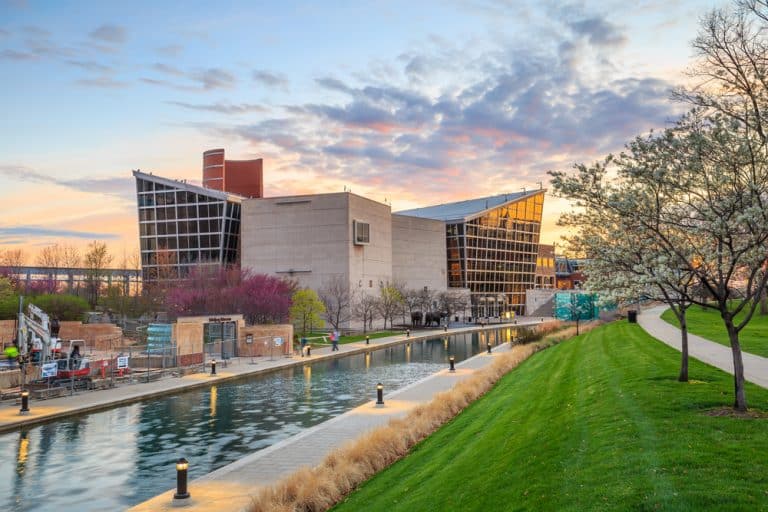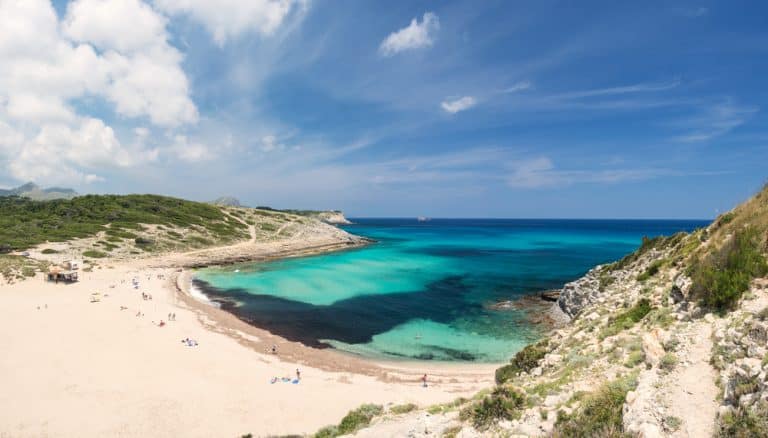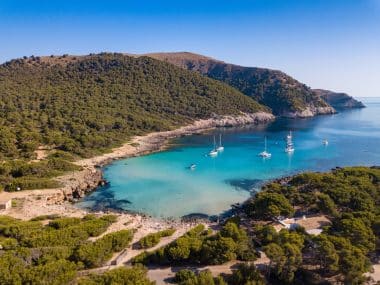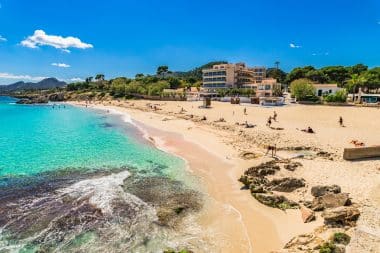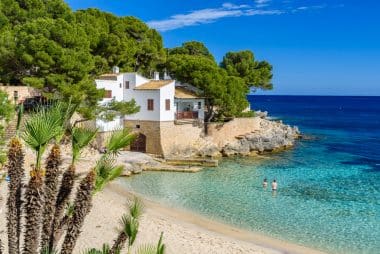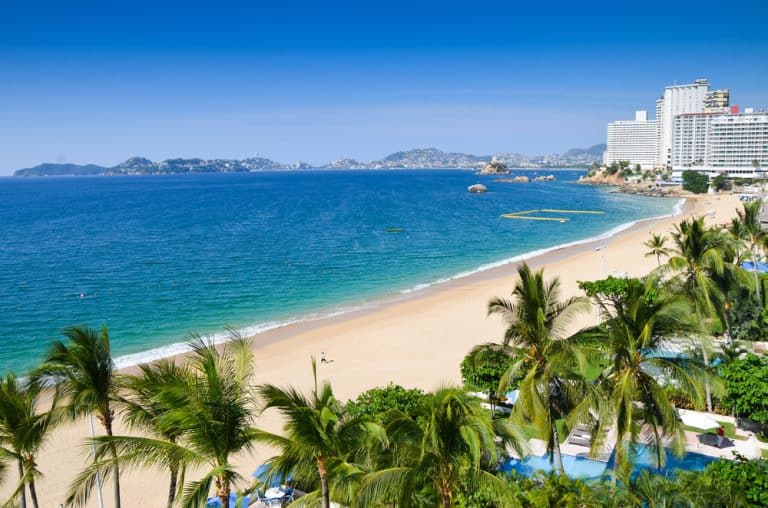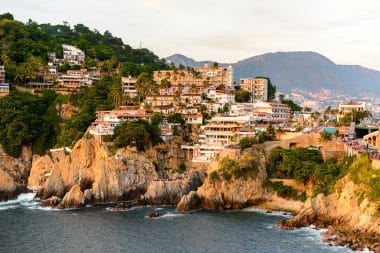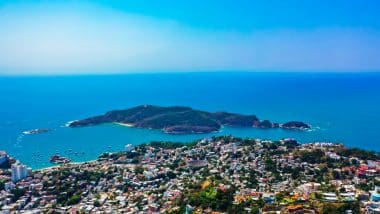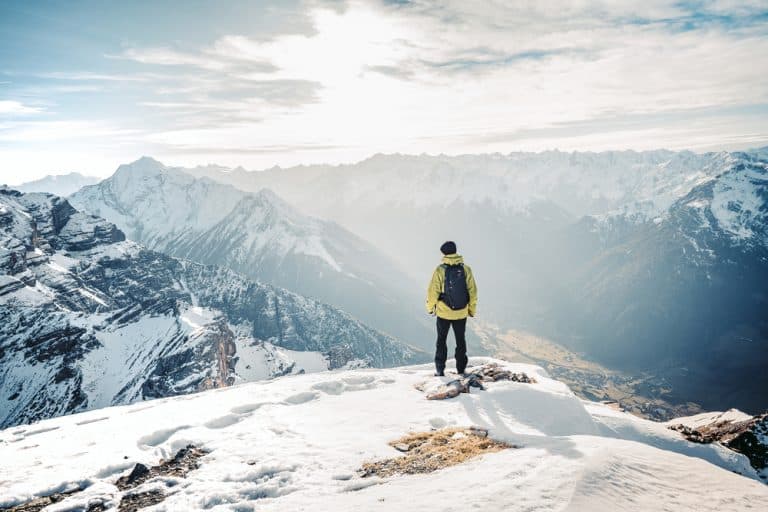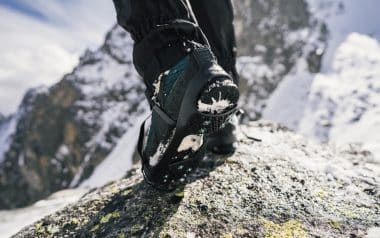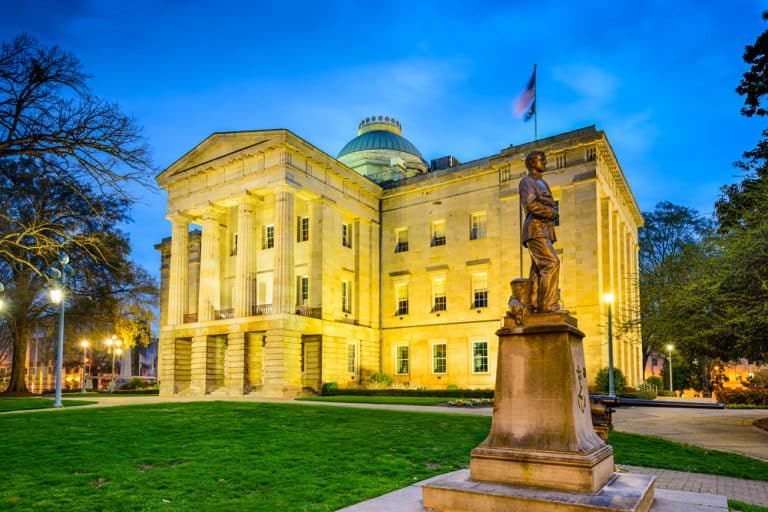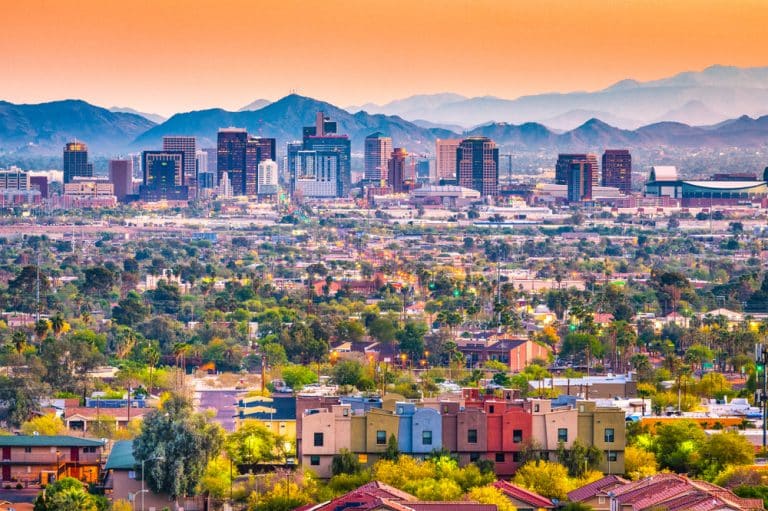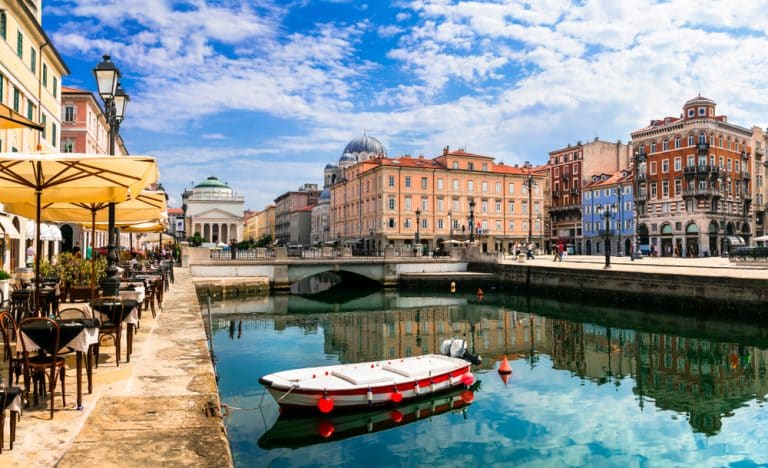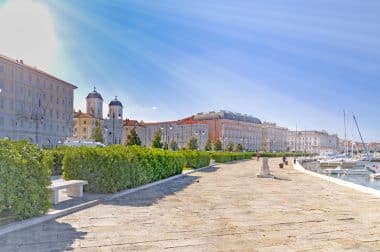Indianapolis is a large city in the Midwest of the United States of America and has almost 800,000 inhabitants. Indianapolis is also the capital of Indiana. The state borders Michigan to the north and Ohio to the east.
The landscape of Indiana is characterized by two geographical regions of the United States: the Central Lowland and the Interior Low Plateau.
Racing fans in particular know Indianapolis for its car races, which have been thrilling audiences for more than a century. The first 500-mile race was held in Indianapolis in 1911. In addition, there is a nature-loving, relaxed Indianapolis that is waiting to be discovered. The city is home to botanical gardens, nature reserves and parks such as the “Butterfly Paradise”.
Indianapolis is considered an economic metropolis, city of sports and cultural center. Although Indianapolis isn’t primarily cultural, the city has a lot of culture to offer. Indianapolis is considered the venue for trade fairs, exhibitions, festivals that the city organizes itself and other events on a national level.
This means that there is never a dull moment in Indianapolis. Highlights of architecture in the city include the Capitol, modern buildings, and structures from centuries past.
Indianapolis 500 – One of the most famous car races in the world
The city is best known for the oldest car race in the world (Indianapolis 500). Another special feature is the Monument Circle, which is nicknamed the “Circle City” of the city of Indianapolis.
Sights and attractions in Indianapolis
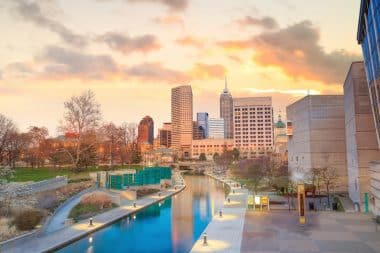
One of the city’s most famous sights is the Indianapolis Motorspeedway, which opened at the beginning of the 20th century. It is home to the world’s largest one-day sporting event (Indy 500), which attracts visitors from all over the world.
The Children’s Museum
This children’s museum is considered the largest museum of its kind in the world. Above all, the presentation of the areas of knowledge according to the motto: “Touch and participate” offers children an exciting insight into many topics. The museum also offers climbing opportunities, a planetarium and an amusement park. For families, there is no way around the Children’s Museum.
But in addition to fun for children, Indianapolis offers gastronomy and nightlife at its best. If the children are tired after a visit to the Children’s Museum – no problem. Enjoy the city’s nightlife and culinary delights.
The Indianapolis Zoo and Fort Harrison Park
A must-see for children is the zoo in the city, which can be reached from any hotel in the city due to its location. Here, children will find wild animals such as elephants, giraffes and dolphins.
Fort Harrison Park provides sufficient exercise for the children. An extensive network of cycle paths runs through the site. There are also a large number of playgrounds and play zones that are equipped for children. With its picnic areas, the park allows you not to use up your wallet. Family fathers get their money’s worth when they visit the military training area, which makes up part of the site, for which permission is granted.
Tropical park or “butterfly paradise”
This is the highlight when it comes to outdoor activities. The butterfly paradise is home to many different species of butterflies and birds, including species that almost no one knows. In addition, there are a large number of bird species. There are picnic areas on the extensive grounds of the park. For this reason, it is advisable to fill your picnic basket with food and drinks before heading to the park.
The Eiteljorg Museum of American Indians and Western Art
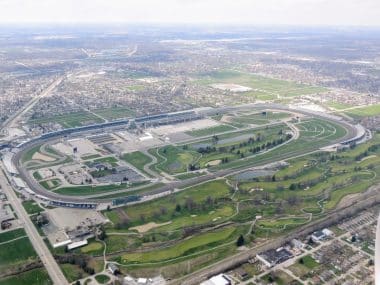
Furthermore, Indiana’s downtown offers the Museum of Indian Culture and Western Art. This house is one of the best museums of its kind in the eastern United States . Visitors can get an insight into Native American culture as well as Western Art and contemporary Native American art.
The Indianapolis Museum of Art
The art museum, which was built at the end of the 19th century, is surrounded by forests and sculpture gardens. It offers a variety of works of European, American and African art from the period 600 BC to the present day.
The Conner Prairie Living History Museum
This is a history museum ten kilometers north of Indianapolis. This museum vividly depicts cultural, economic and environmental changes by means of costumed actors. The changes relate to the time of the settlement of the area by Europeans. Be transported back in time to another time (mid-19th century) at this history museum, with Midwestern villages like Prairietown.
The Indiana State Museum and The Soldiers’ and Sailors’ Monument
This museum connects the history of the state, from the indigenous population to the present day. That is, it presents his development in an entertaining and instructive way.
The Soldiers’ and Sailors’ Monument is a war memorial. The memorial honors the fallen sons of Indiana in the period from the Declaration of Independence in 1776 to the end of the American Civil War.
The Art Centre
Art and sport are not mutually exclusive. This is proven by car races and the cultural center in Indianapolis. Under the roof of the art centre there are studios and exhibition halls. There are also concert halls and a library.
A visit to the art centre, which offers a surprise at almost any time, is particularly suitable for those who decide at short notice. For everyone else, the tourist center offers sufficient information about the program in the art center.
The Indiana State Capitol
The Capitol is an imposing building and a masterpiece of architecture. Years ago, the building was renovated, so that now, partly in Renaissance garb, it exudes a special dignity. Admission to the Capitol costs nothing. The same applies to the majority of the city’s sights.


